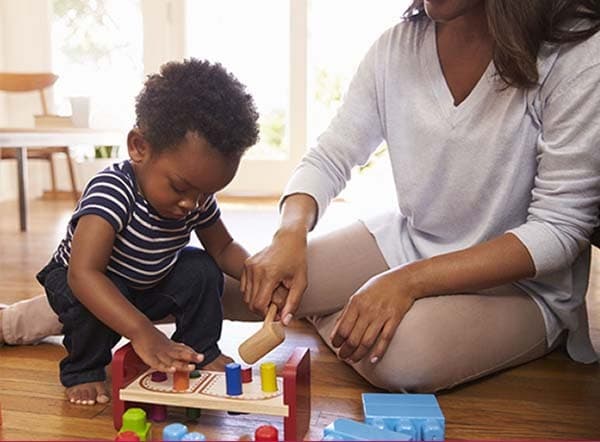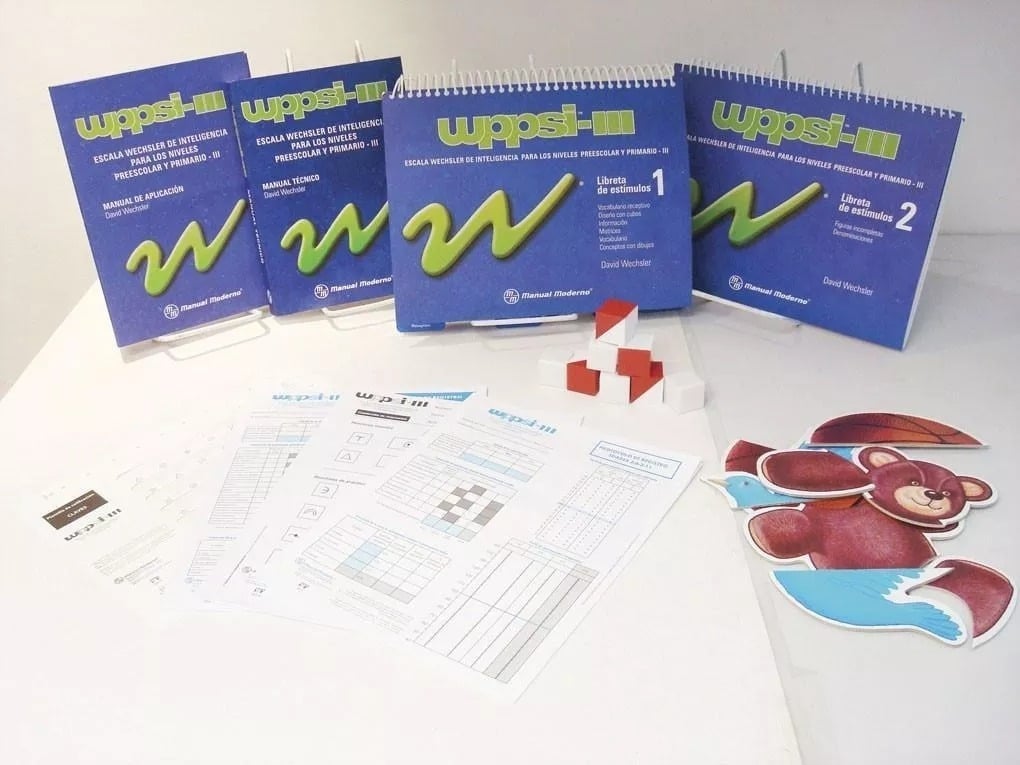We offer customized Play Attention Programs for our clients which enables them learn to increase focus and concentration.

What is the PLAY ATTENTION Program?
- NASA Inspired Neurocognitive Technology that improves executive function and self-regulation.
- International leader in neurocognitive attention training for over 20 years
- Results validated by Tufts University School of Medicine
- Control cognitive exercises by mind / attention alone. Receive constant and immediate feedback regarding your attentive state.
- Attention is now concrete and controllable.
- Your Play Attention Program is customized to specifically address your strengths and weaknesses.
- Complete the full Play Attention Program and develop skills that last a lifetime.
How does Play Attention work?
Scientific research has demonstrated that the brain is adaptable and capable of learning throughout life. This is termed neuroplasticity. When the user is actively engaged or paying attention, the brain emits a signal – an attention signature. The BodyWave armband used in Play Attention monitors this signal through the body and transmits it wirelessly to the computer. This allows you to control the computer exercises by mind alone!. Play Attention allows the user to view the attentive state in real-time. Over time, through deliberate practice, Play Attention students can learn to increase focus and concentration. Deliberate practice entails setting goals to improve skill performance. The interactive exercises also challenge Play Attention students to improve memory, finishing tasks, visual tracking, and filtering out distractions. Gradually, the student can retain the skills necessary to be successful in the classroom, work, and home.

What are the Benefits of the Play Attention Program?
- Homework completed in shorter time.
- Longer attendance during class activities.
- To concentrate regardless of the environment.
- Better ability to follow directions.
- Less time spent off-task.
- The ability to ignore distractions.
- Less outbursts because of feelings of frustration.
- Improved mindfulness.
- Improved impulse control.
What are the Skills learned / strengthened with every Play Attention Session?
- Sustained Attention.
- Processing Speed.
- Impulsivity/Inhibitory control.
- Emotional Control.
- Memory (Short, spatial and working memory).
- Filtering of distractions – visual and auditory in everyday life.
- Behaviour shaping.
- Self-regulation and mindfulness.
The Signs of Weak Working Memory
A Child ..
- Has difficulties following a sequence of directives.
- Has problems conducting mental math and problem solving.
- Struggles with learning new concepts and vocabulary.
- Has difficulty remembering role memory activities (phone numbers, etc).
- Is faced with challenges with note taking or copying from the board.
- Has difficulties maintaining attention stamina during complex tasks.
- Seldom volunteers and has difficulty answering direct questions
- Has trouble finishing tasks to completion.
- Appears unmotivated, inattentive and easily distracted.
- Has trouble organizing sounds, sentences and stories.
What are the Signs of Poor Impulse Control which Play Attention can improve?
If the child is/has …
- Speaking out of turn.
- Interrupting classmates.
- Quitting games.
- Shoving in lines.
- Cutting in front of others.
- Jumping up from seat.
- Asking questions about irrelevant topics.
- Hyperactive behaviour.
- Personal boundary issues.
Play Attention Games
Each Play Attention Game targets a separate cognitive skill that is typically difficult for people with attention problems. This helps build overall sound Executive Function.
Attention Stamina

The Attention Stamina activity improves the ability to pay attention for longer and longer periods of time. This will also develop and improve the ability to focus on tasks that are not that exciting.
Visual Tracking
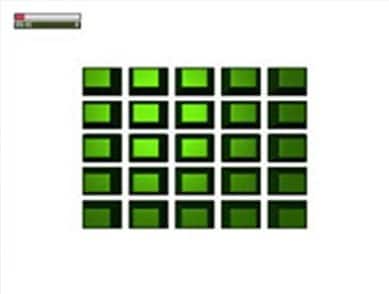
The Visual Tracking activity will improve the ability to sustain attention on a moving target. In real life, this is similar to a paying attention to a teacher’s lesson while he/she moves about in the classroom.
Time on Task
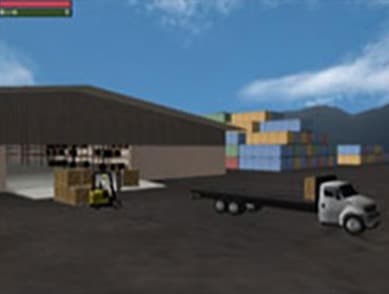
The Time on Task activity improves the ability to begin an activity quickly and stay focused on it until it is finished. In real life, this helps with completing homework in a reasonable amount of time.
Discriminatory Processing

The Discriminatory Processing Activity improves the ability to mentally discriminate between incoming stimuli very quickly and also pay attention to what is important while filtering out distractions.
Short Term Memory
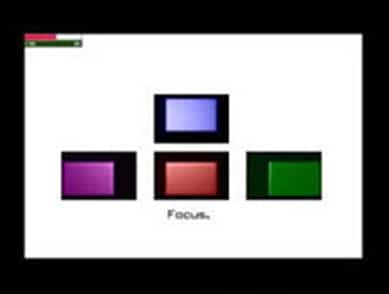
Short term memory teaches you how to process information (both visual and auditory) and hold that information in short term memory long enough for recall. This will help you develop your ability to remember dates, names, items in a list, and other facts.
Auditory Processing School

Auditory processing is the ability to follow verbal directions.
Hand-Eye coordination
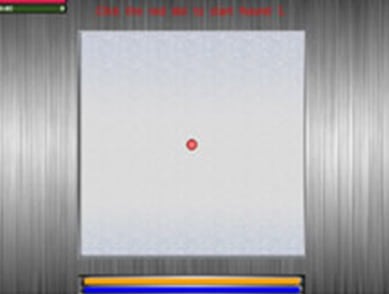
Improves fine motor skills, which in real life help with things like handwriting, sports and keyboarding.
Motor Skills
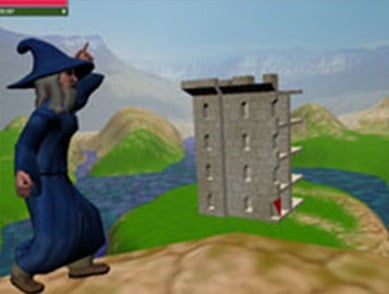
Motor skills are motions carried out when the brain, nervous system, and muscles work together. They help with a variety of physical performance tasks, from sports to handwriting to being able to play a musical instrument.
Social Skills

Social Skills improve your ability to recognize and respond to social expressions, facial cues, and body language, allowing more effective personal interaction with others.
Spatial Memory
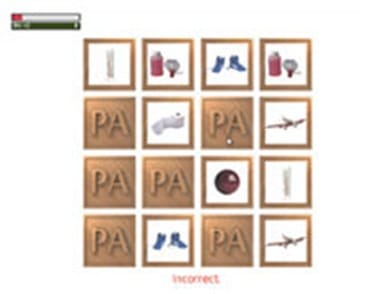
Spatial Memory is the ability to remember things with respect to their location. In real life this corresponds to where you left your history book, or where you put down your keys.
Working Memory
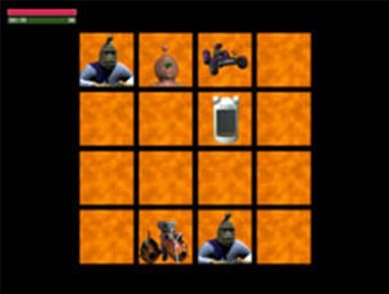
Working Memory is the ability to retain and manipulate information needed to do complex tasks such as reasoning, comprehension and learning – even amidst distraction. In real life this translates into being able to solve problems, find new solutions, stay focused on a task, block out distractions, and do mental arithmetic.
Academic Bridge

Academic Bridge is used to make sure that the skill sets being developed in the other exercises are actually transferring into real life.
How often should we use Play Attention?
It is recommended to use Play Attention at least 1 hour per week. It could be two 30-minute sessions or four 15-minute sessions. However, once you choose your schedule be certain to remain consistent. Consistency is of utmost importance. Data over the last 10 years of use indicates that an average of 40 to 60 hours use helps insure lasting change and develop skills that last a lifetime.

